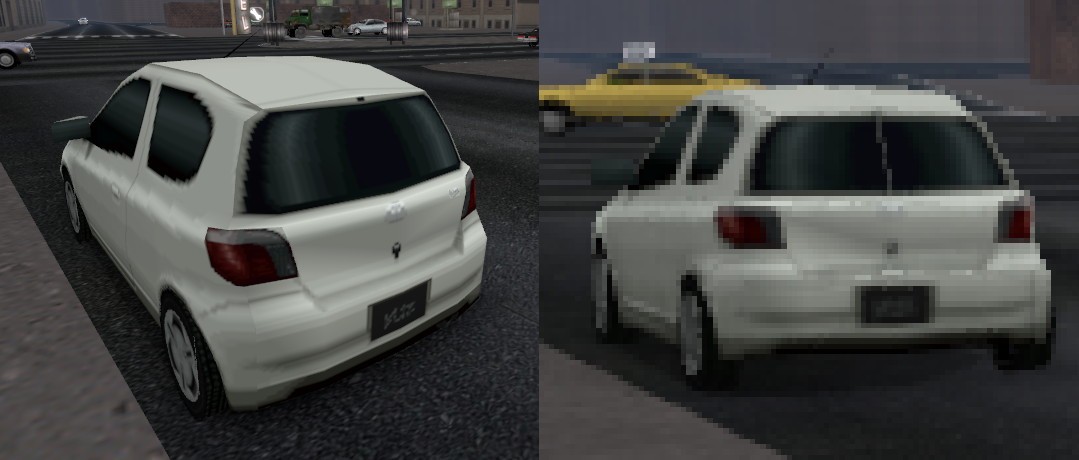.
Main JK 202X Download Folder: https://drive.google.com/drive/folders/1f8vfU7kQ642_AeUCsylikFfMRecWG14_
Modified JkGfxMod Download Folder: https://drive.google.com/drive/folders/1GMvq8vvBjukaOFEo-V8ZZrwgcbXKAqA9
Top-level Jedi Knight Folder: https://drive.google.com/drive/folders/1Gz6tDjS3v3LgA__kqelBsYV-d306OFGC
(contains the above two folders, in case I reorganize subfolders, etc.)
If any ZIP files are password protected, the password will be their filename:
e.g. JK_2022.zip password = JK_2022
Passwords are to keep gdrive from mangling or vaporizing DLL and EXE files now or in the future.
JK 202X Setup Instructions:
Download the newest version from the "Main JK 202X Download Folder" linked above.
Sort them by modified date (or whatever) to figure out which one is the newest.
Extract the _setup folder into your Jedi Knight folder...
![https://i.imgur.com/HikWbxY.png [https://i.imgur.com/HikWbxY.png]](https://i.imgur.com/HikWbxY.png)
...then go into the _setup folder and run _setup.cmd.
The setup script tries to take a backup of important files and running the setup script again will offer to uninstall back to how it was.
The included DirectDraw proxy has special accommodations for the Steam version so that things will work (and even automatically launch JkGfxMod's inject.exe if present) without renaming files, etc. In other words, you can do a fresh Steam install, copy in and run JK 202X's setup script, then launch via Steam and it should just work.
The setup script also undoes some damage Steam's first-run setup does (namely it uninstalls the app compat database for JK.exe that Steam installs).
While you can delete the _setup folder after patching, if you leave it, you can re-run the setup script to verify the patch is still applied, and uninstall the patch.
If you need to get ahold of me for anything JK related, you might be able to catch me as "qm" on the Massassi Discord, or via one of the following two websites:
https://www.romhacking.net/community/5289/
https://www.nexusmods.com/users/8096959
I can't promise I frequent any of them, but at least you'll have the possibility of reaching me.
I modified this post to contain links to Google Drive folders to hopefully future proof access to files for at least a little while after Massassi is frozen like a contraband smuggler in carbonite.
The original first post is two posts down.
QM
Main JK 202X Download Folder: https://drive.google.com/drive/folders/1f8vfU7kQ642_AeUCsylikFfMRecWG14_
Modified JkGfxMod Download Folder: https://drive.google.com/drive/folders/1GMvq8vvBjukaOFEo-V8ZZrwgcbXKAqA9
Top-level Jedi Knight Folder: https://drive.google.com/drive/folders/1Gz6tDjS3v3LgA__kqelBsYV-d306OFGC
(contains the above two folders, in case I reorganize subfolders, etc.)
If any ZIP files are password protected, the password will be their filename:
e.g. JK_2022.zip password = JK_2022
Passwords are to keep gdrive from mangling or vaporizing DLL and EXE files now or in the future.
JK 202X Setup Instructions:
Download the newest version from the "Main JK 202X Download Folder" linked above.
Sort them by modified date (or whatever) to figure out which one is the newest.
Extract the _setup folder into your Jedi Knight folder...
![https://i.imgur.com/HikWbxY.png [https://i.imgur.com/HikWbxY.png]](https://i.imgur.com/HikWbxY.png)
...then go into the _setup folder and run _setup.cmd.
The setup script tries to take a backup of important files and running the setup script again will offer to uninstall back to how it was.
The included DirectDraw proxy has special accommodations for the Steam version so that things will work (and even automatically launch JkGfxMod's inject.exe if present) without renaming files, etc. In other words, you can do a fresh Steam install, copy in and run JK 202X's setup script, then launch via Steam and it should just work.
The setup script also undoes some damage Steam's first-run setup does (namely it uninstalls the app compat database for JK.exe that Steam installs).
While you can delete the _setup folder after patching, if you leave it, you can re-run the setup script to verify the patch is still applied, and uninstall the patch.
If you need to get ahold of me for anything JK related, you might be able to catch me as "qm" on the Massassi Discord, or via one of the following two websites:
https://www.romhacking.net/community/5289/
https://www.nexusmods.com/users/8096959
I can't promise I frequent any of them, but at least you'll have the possibility of reaching me.
I modified this post to contain links to Google Drive folders to hopefully future proof access to files for at least a little while after Massassi is frozen like a contraband smuggler in carbonite.
The original first post is two posts down.
QM

![https://i.imgur.com/mAZqMC3.png [https://i.imgur.com/mAZqMC3.png]](https://i.imgur.com/mAZqMC3.png)
![https://i.imgur.com/PVPNpMQ.png [https://i.imgur.com/PVPNpMQ.png]](https://i.imgur.com/PVPNpMQ.png)

 I don't see a way to tell apart keyboard turning input from mouse turning input, so I'll have to make it be either one or the other. Oh well. It's still worth it for everything else.]
I don't see a way to tell apart keyboard turning input from mouse turning input, so I'll have to make it be either one or the other. Oh well. It's still worth it for everything else.]